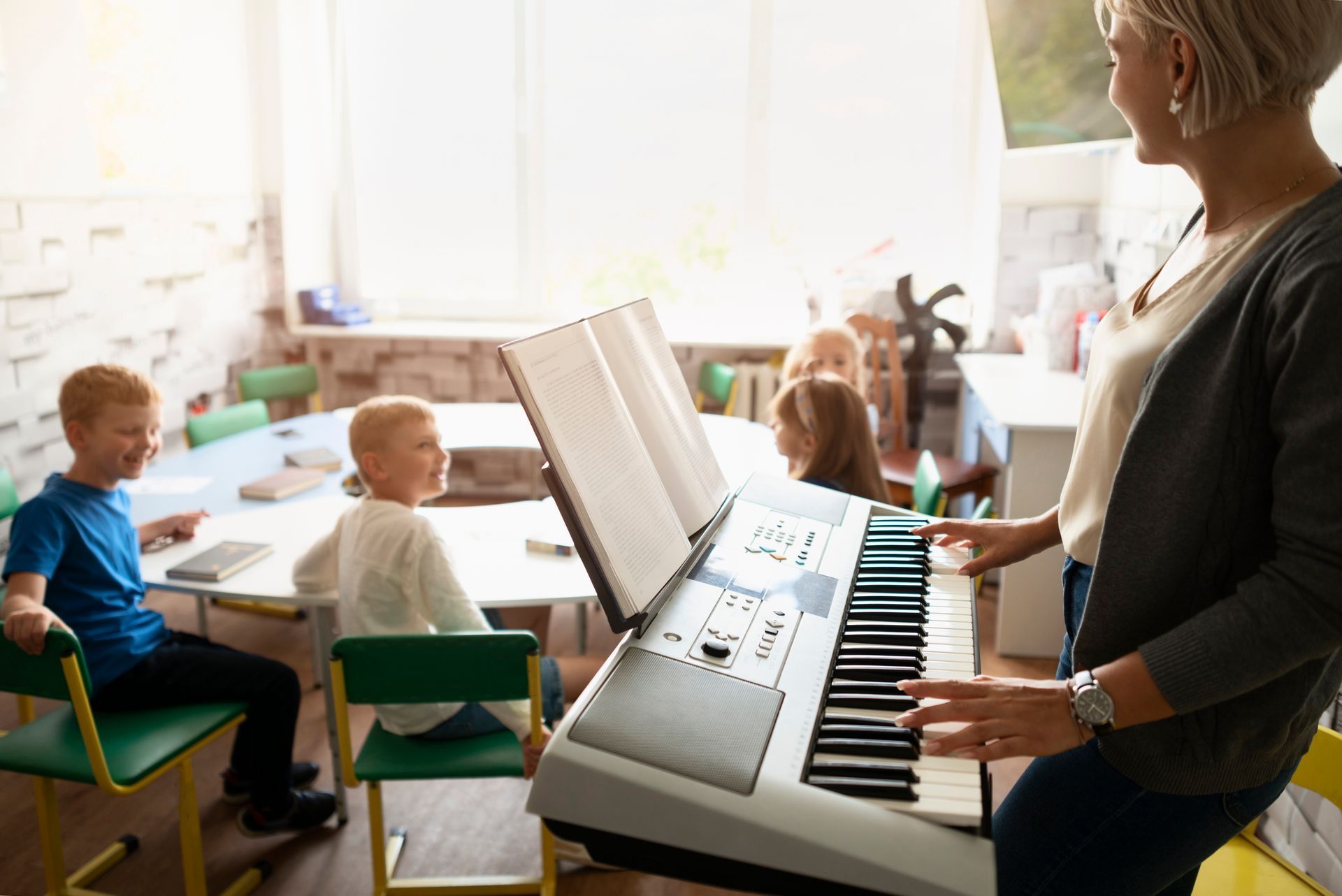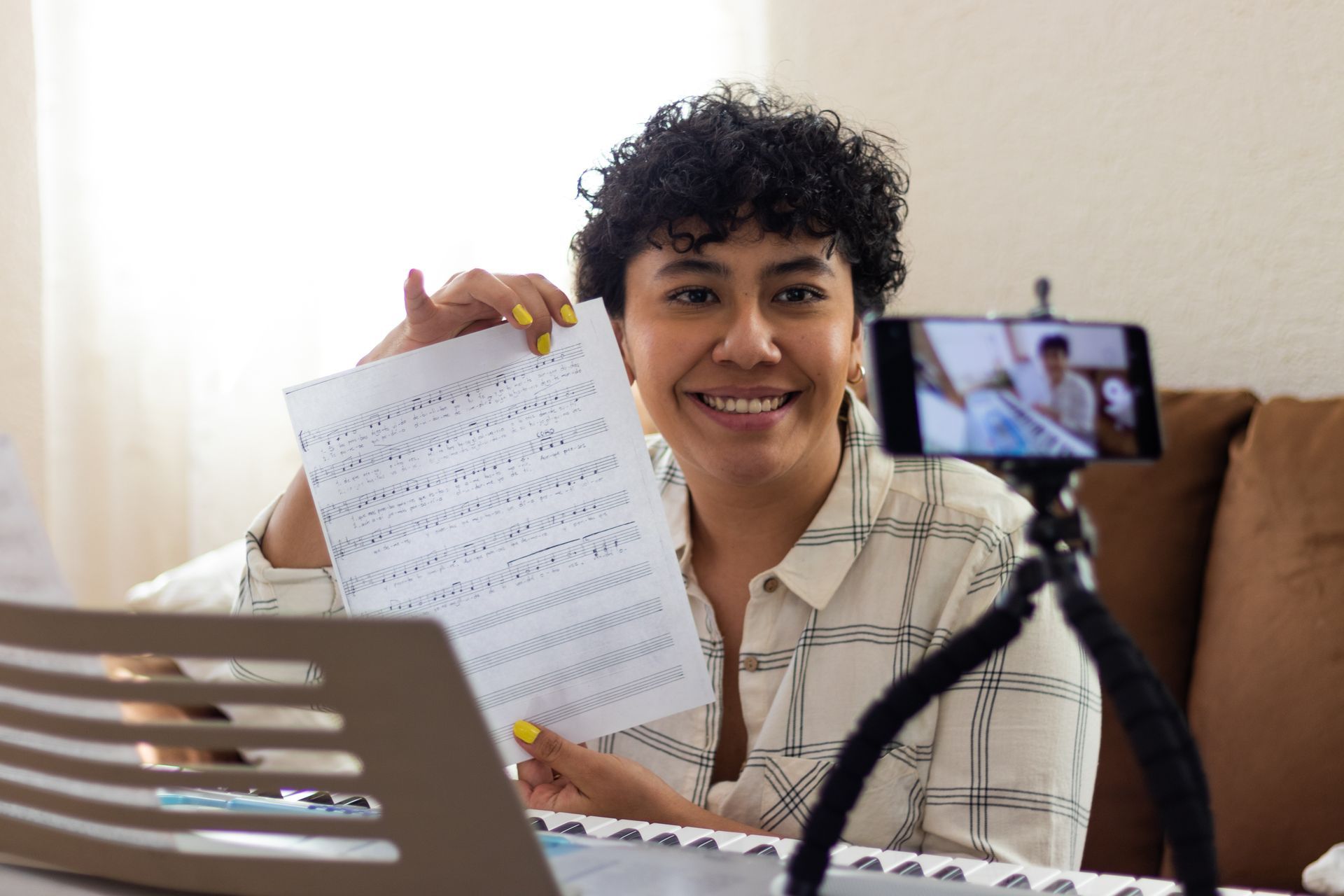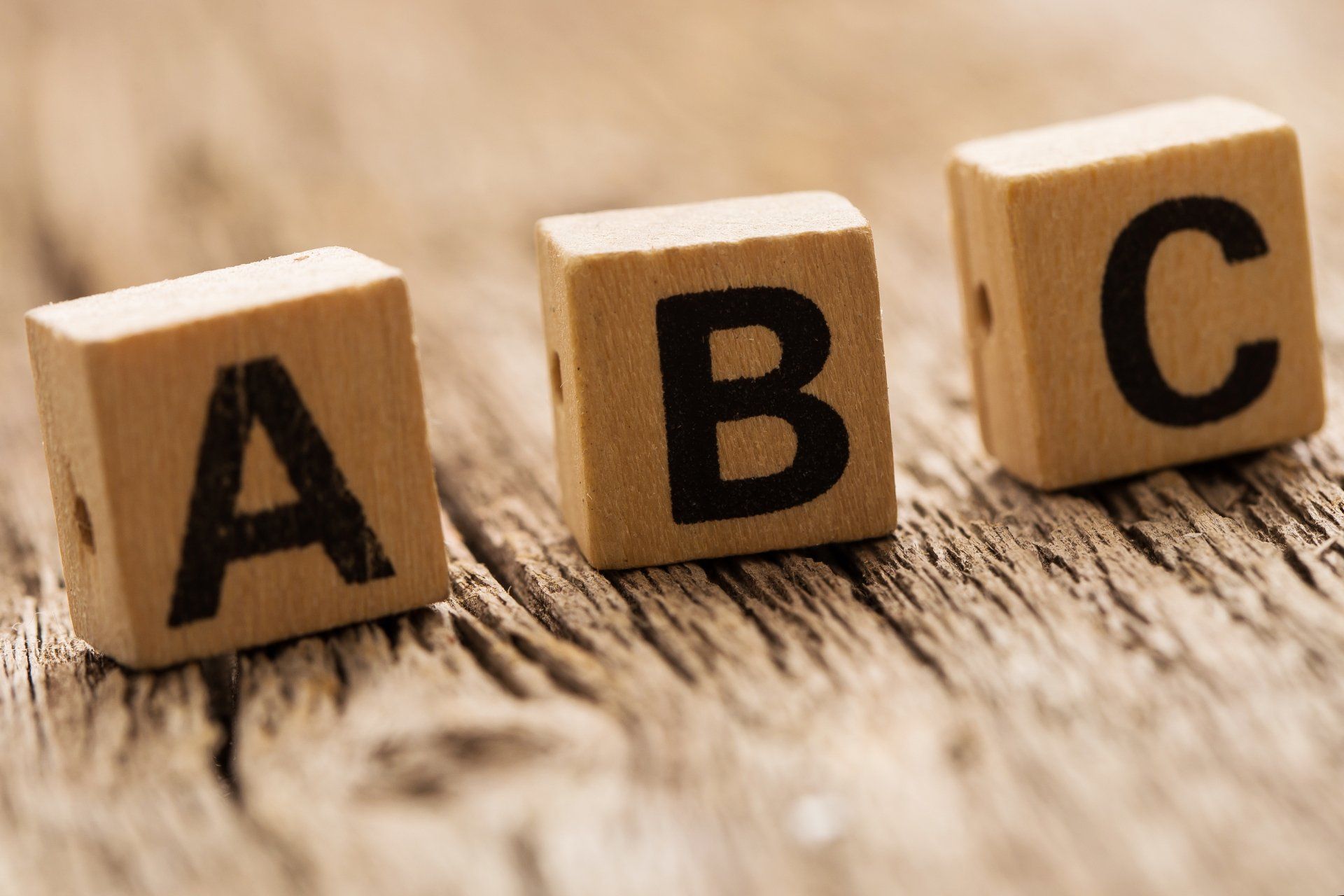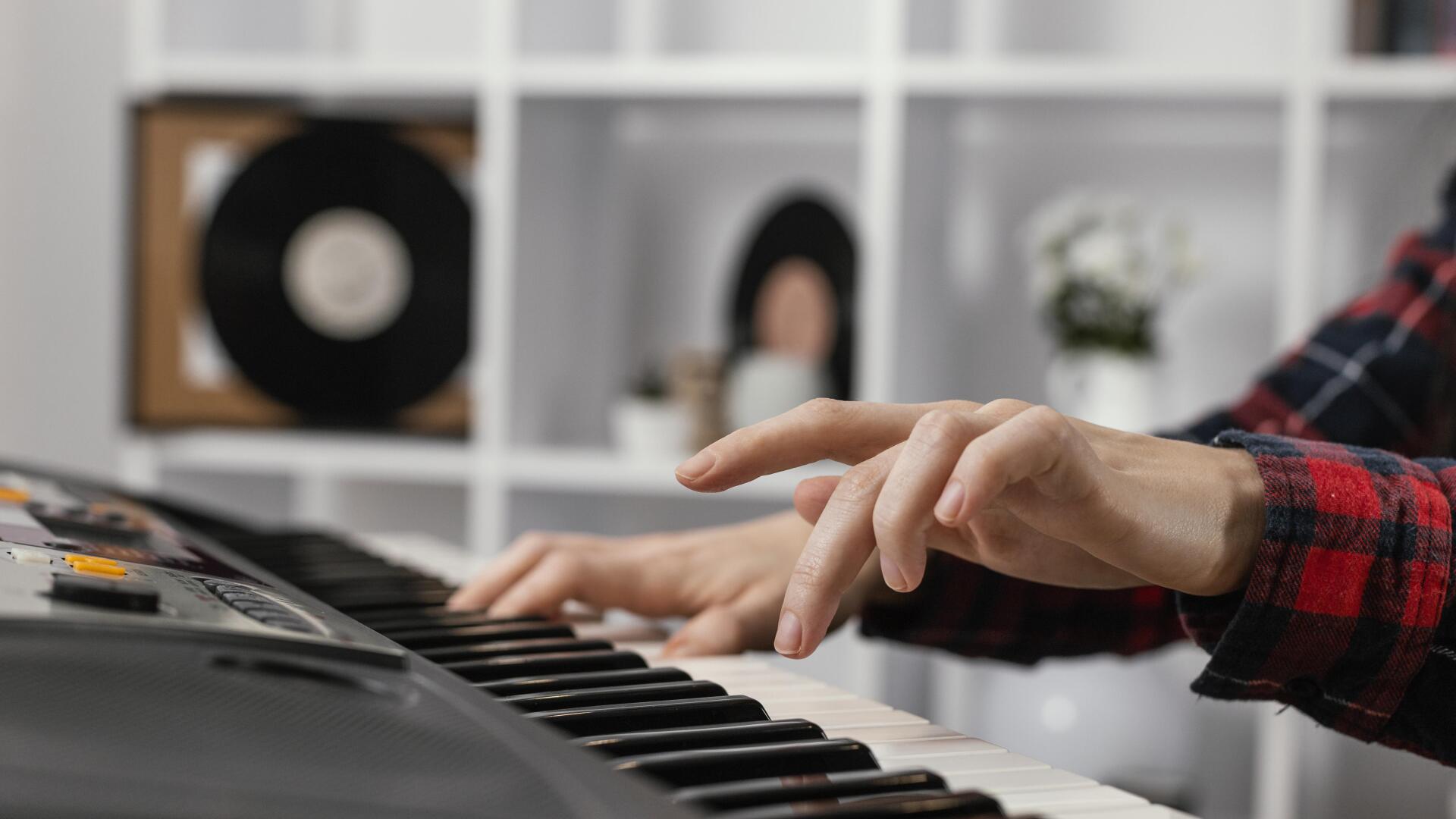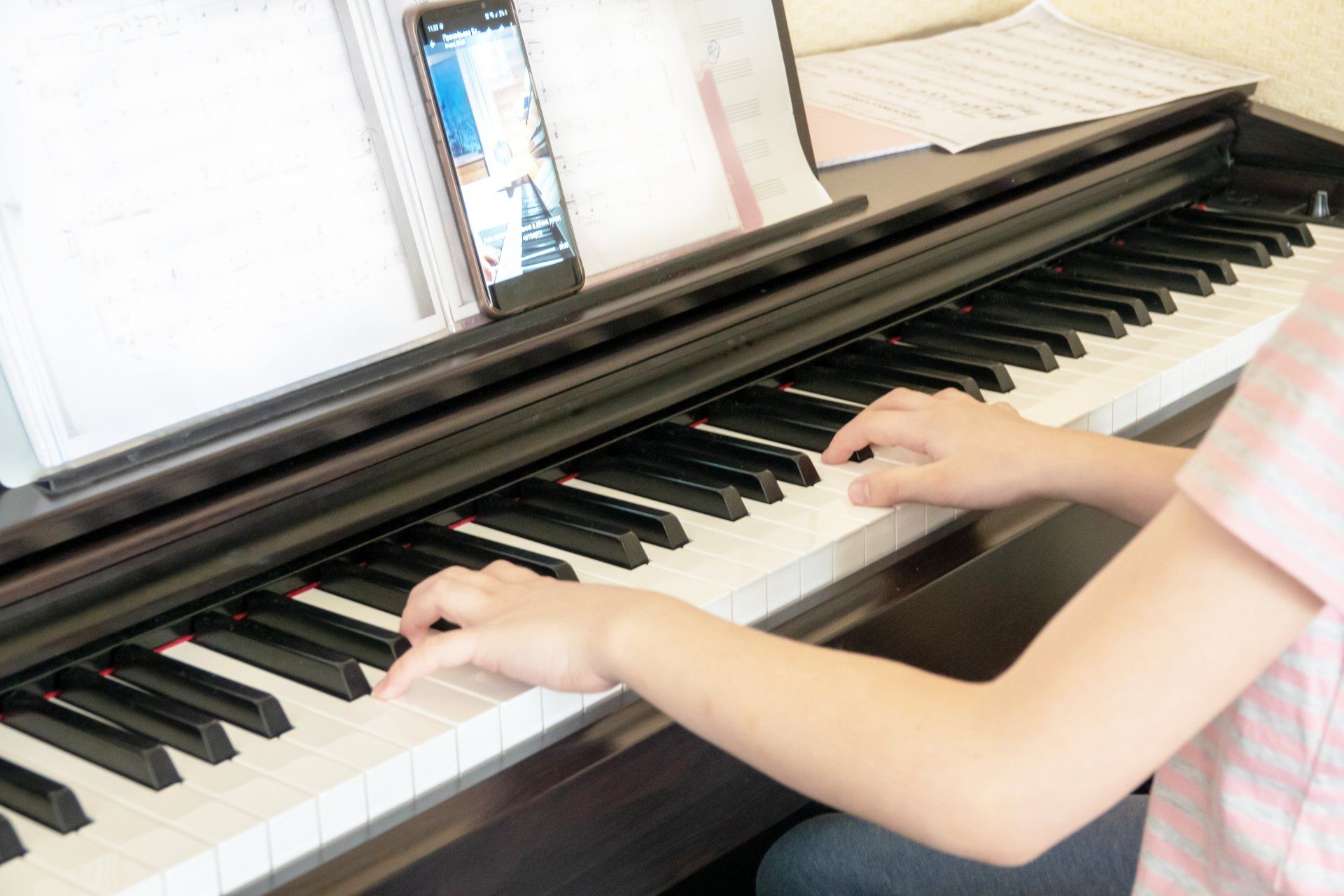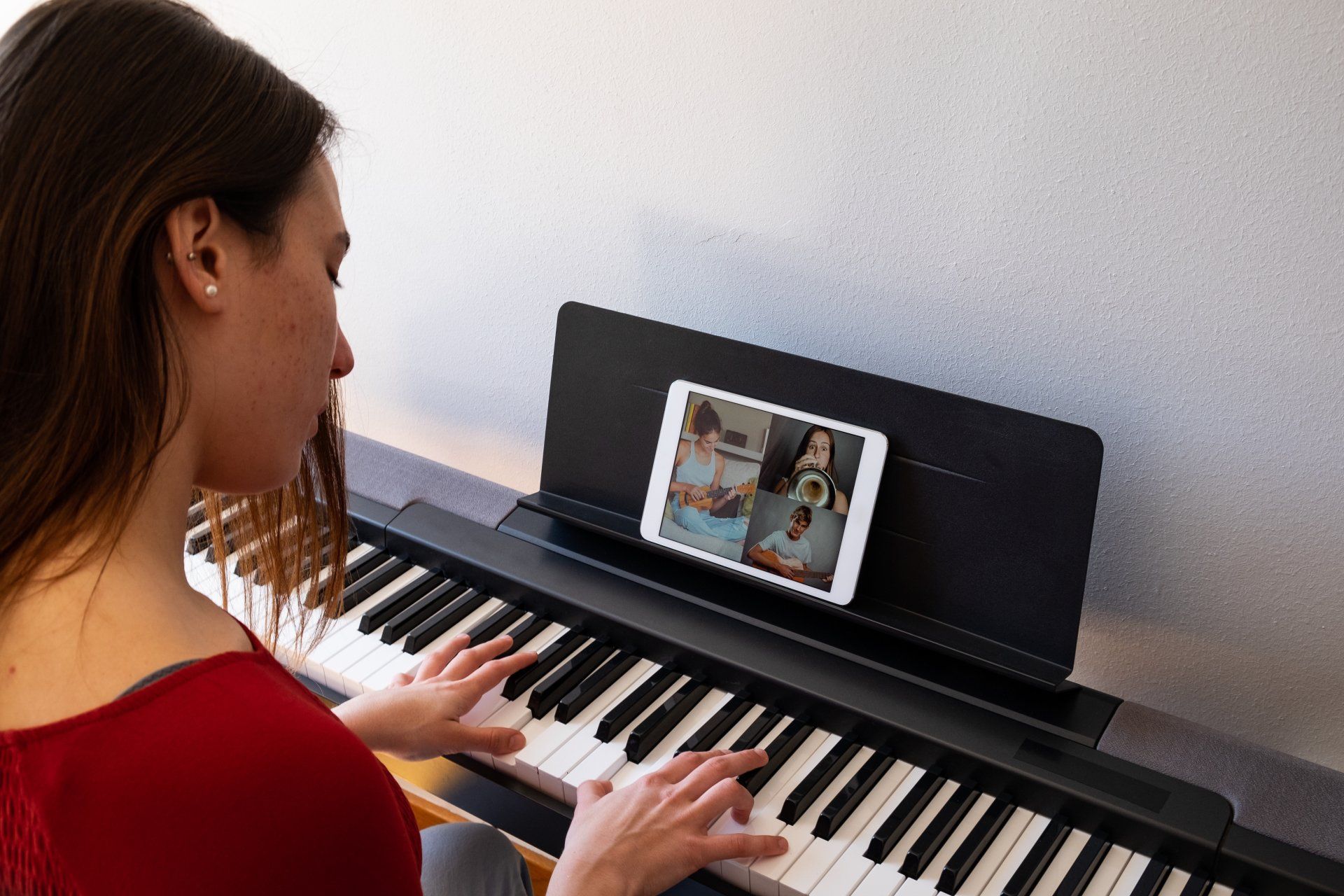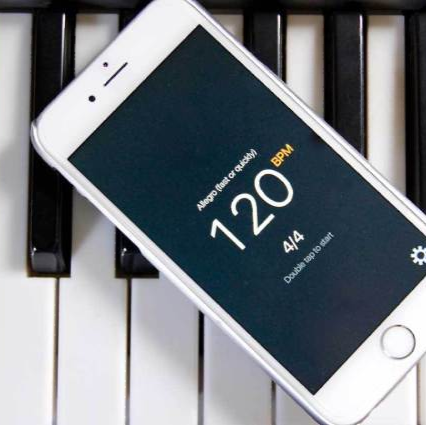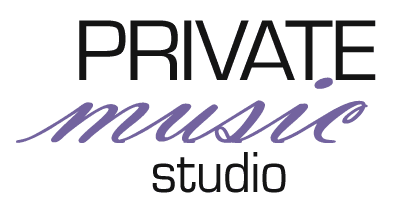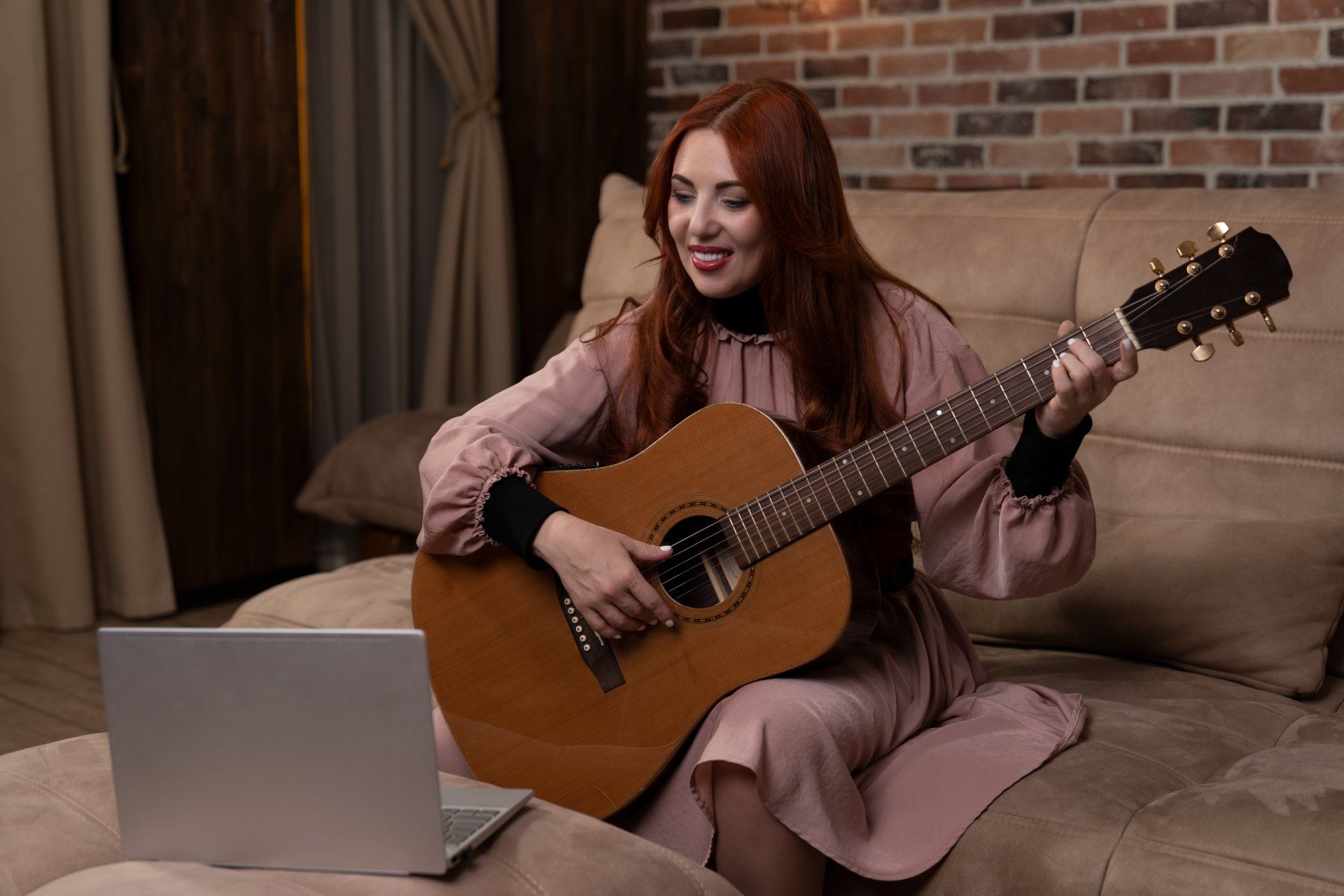TikTok Tricks for Private Music Teachers

Lights, Camera, Action! Music educators around the globe may want to incorporate the highly popular social media platform TikTok into their lesson plans. The whole system of communication in private music education has evolved. Visibility and reachability has exponentially increased with new technologies, especially TikTok, which is a video-sharing platform that has an estimated 1 billion active users worldwide.
In the age of social media, music education can be accessible to all, and TikTok is a free platform downloadable by anyone with a smartphone. Private music teachers can take their businesses to new heights and new audiences. TikTok empowers teachers to meet students where they are, and then engage them in deeper learning through bite-sized lessons.
Clips are created using music and can be enhanced by a range of tools such as filters, branded stickers, animation, tutorials, links, and special effects. TikTok presents information in unique ways and can suit different learning styles. Teachers design videos up to 60 seconds around challenges, trivia, hashtags, and musical performances.
The app is an active learning tool that private music teachers find beneficial in building their brands and acquiring new students. Your students are more likely to engage with your content when it’s provided in their favorite form of entertainment. (Nearly half of the U.S. TikTok users are below the age of 30, and over half of those users are teenagers.)
Music educators use the online learning platform to teach lessons, explain concepts, create projects for individuals or groups, collaborate with influencers, and network with other professionals.
You can feature content on:
1) Technical exercise challenges - keep them succinct and fun
2) Creative warm up ideas
3) Exciting speed drills
4) Scale and arpeggio challenges - invite others to post theirs too
5) Ear training exercises
6) Rhythmic drills
7) Repertoire - play an excerpt and ask them to ID it in the comments
8) Improvisation on a theme
9) TikTok makes it easy to record, edit, share, optimize, and organize your original videos.
TikTok can also be used to add calls-to-action/contact info, share valuable tips/tricks/hacks, run ads, use TikTok’s algorithm to your advantage, capitalize on trends and TikTok challenges, leverage TikTok’s content publishing features, and use hashtags to put your business in the spotlight.
Be sure to craft genuine, high-quality educational and fun entertaining videos. Let your personality shine through. Show your passion with a purpose: There should be a reason for every video you post. Authenticity and consistency are essential when using the platform. TikTok’s algorithm favors engaging content that feels human, helpful, and informative. The platform can aid you in building strong relationships with your audience and increasing the chances of them turning into students.
One of the most important strategies for private music teachers is to pay close attention to the usage behavior of your audience. What time of day are they using the app? Which days of the week do they use TikTok the most? What type of content (i.e., music videos, lessons, instructional tutorials) elicits an uptick in comments? In the beginning, what matters most is creating momentum but over time, reviewing your traffic and engagement allows you to strategically decide what, when, and how often to post.
TikTok is the future of learning because it fosters connections, uses microlearning rather than long-duration courses, and serves as a classroom extension with the whole world in your hands.
Our next blog will show you some real-life examples of great music teacher TikTok posts and why they work so well!
DISCLAIMER: Regardless of the social media platform, there will always be privacy and security risks. Privacy settings can be placed on TikTok accounts to ensure children do not come across mature content. Teachers posting any student or group lessons on TikTok must seek parents’ permission to post videos of their children. When using TikTok as an educational tool, make sure pupils are aware of TikTok’s privacy settings, as well as safety and consent when using the platform for creating and watching content. Teachers should confirm that their teenage students have the approval of parents or guardians to use TikTok. Children under the age of 13 are prohibited from using this platform.
